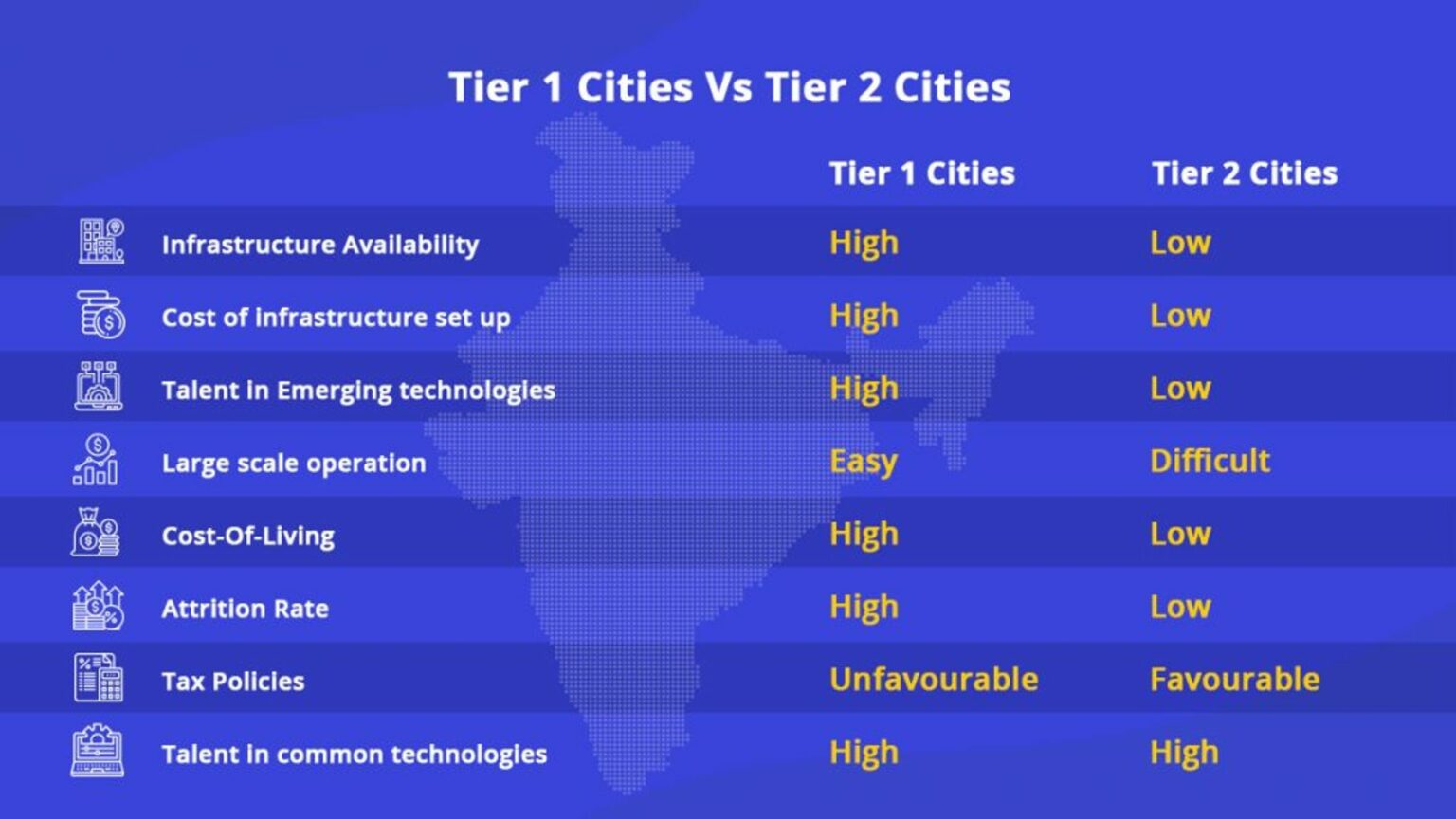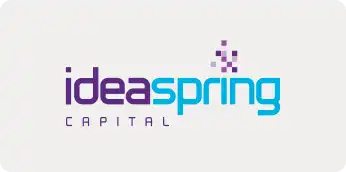Suresh Sambandam, CEO of KissFlow has a virtual sit down with not one but two co-founders, who also happen to be a married couple. Besides finding out about how they set out on founding their respective companies, Suresh also explores their unique working dynamics and relationship, the ups and downs of doing business together, the pros and cons of operating out of a Tier 2 city and of course their secrets to building a successful business model with CallHippo and SoftwareSuggest. Enjoy this first of its kind episode!
Also listen on
Hide Transcript
Key Insights
How CallHippo began, founder story and current revenues
Ankit and Suhasini run two products under their umbrella company, AppItSimple.
- Software Suggest is a software discovery and recommendation platform that helps companies find the right software for their needs.
- CallHippo is a virtual phone system that helps companies make calls.
Customers for both products are global, not limited to India, and include the UK, Canada, and Australia. Interestingly, most of their revenue comes from on-premise software.
Focusing on CallHippo, the company was built around digital marketing and inbound marketing. The key insight was that telephony typically requires a more hardcore engineering skill set, which is not something that we, as non-tech founders, possess. Therefore, it was not one of the push points.

CallHippo started after Ankit met Girish of Freshdesk and realized how much value could be gained from building a SAAS business globally, which is why he left his family’s pharmaceutical business. Overall, what he learned was that there was high reward and less risk, especially with the insight that the call market was much bigger than CRMs.
Some Numbers
Employee Count: 75 employees, 12 in Tech, 10-12 in Marketing, 25 in Sales, and 10-12 in Team Support (HR & Finance).
Revenue Figures of Kissflow: 40% in the US, 20-25% in Europe, and 20% in Asia.
Revenue Figures of CallHippo: 40% in the US, with the rest in the UK, Canada, Australia, and India being our top markets.
How to Manage Your Budget for Inbound Marketing and SEO Strategy
Across all products (KissFlow, SoftwareSuggest, and CallHippo), SEO is fundamentally a slow game, which may take from 6 months to one and a half years or more for you to see actual results.
- Being bootstrapped and having limited funds can actually be an advantage in cracking SEO, as it forces a startup to focus on SEO early on as opposed to performance marketing. SoftwareSuggest started off bootstrapped and became profitable with basic SEO back in 2017 after 6 months and getting their 100th customer.
- Investing in SEO may take longer to yield results, but it can lead to long-term success and profitability and can help your startup gain an advantage over competitors who rely on paid advertising. Furthermore, since you can’t have a set time, hiring an SEO consultant for a time-bound contract isn’t a great idea.
- Larger companies may copy successful SEO strategies from startups, but the founders of the latter are often more invested in the process and generate more innovative ideas.
https://twitter.com/KarthikS2206/status/1379657195197886471
Why Thinking Long Term for SEO Is the Only Right Strategy and Optimizing Content for Humans
- Suresh emphasizes the need to optimize for humans, not just for Google. While Google’s algorithm is important for SEO, ultimately it’s humans who are searching for information. By creating content that is appealing and relevant to humans, you are more likely to rank higher in search results. It’s easy to say, but hard to do.
- Using widgets or other interactive features on your page can increase user engagement and signal to Google that your content is valuable, leading to higher SEO rankings.
- There is no one-size-fits-all approach to SEO, and it’s important to experiment with new tactics and ideas and be patient in waiting for results. By continually trying new things and monitoring the impact, you can find what works best for your specific product or website.
- The Pillar and Silo model can be effective when paired with good content quality. Pillars are topic categories (e.g. Food) and Silos are pages for each of those topic categories (e.g. vegetables).

CallHippo’s Tactical Hacks for Increasing Sign-Up Conversion
- CallHippo has a strict verification process for new sign-ups to prevent fraud, including mandatory phone numbers, email addresses, and company names. This helps maintain a 4% conversion rate and prevents fraudulent accounts from signing up.
- Despite having a strict verification process, CallHippo has a high 18% sign-up to conversion rate, meaning that a large percentage of those who sign up actually pay for the product.
- CallHippo only provides a free trial to about 50% of those who sign up, and there is an algorithm that checks the quality of the company before deciding whether or not to provide a free trial.
- The average ticket size is $50, and they do not spend much time on single-user customers. They prioritize customers with decent domains and good domain ratings who are able to go through the verification process.
On Churn Rates:
KissFlow experienced a high churn rate, which led them to start bucketing customers into paid trials instead of paying customers. Some customers assumed they would only receive certain features and support when they pay, so they ended up paying for the service despite not being ready to become full customers. They found a solution by isolating these customers into paid trials and not measuring churn until after they have used the service for a certain period of time.
CallHippo doesn’t consider churn in the first 90 days and has a separate category for large customers with low churn. In non-account management customers, which are called Velocity sales, the company has a high churn rate of 3.5% month on month. Moving to an annual model protected CallHippo from churn as customers pay for the entire year upfront. They resolved the issue of some customers paying for features they are not yet ready to use by bucketing them into paid trials.
Handling Different Ticket Size Customer Segments in CallHippo
Customer segments are categorized based on ticket size: 1-2 users, 5-6 users, and more than 50 users.
- Inbound SDRs handle the smaller user segment, qualifying the process.
- The starting ticket size is $8, and the average ticket size is $50.
- Out of 4000+ customers, 3700 are small customers.
- Initially, they aimed to provide value for $10 but later realized the need to focus on bigger enterprises, leading to a price increase and a dedicated team.
- The SMB team handles big deals, resulting in $20,000 MRR per year.
Scaling Sales Team in Tier 2 Cities in India
Early financial constraints forced CallHippo to be frugal, which led to growth by focusing on hiring in tier 2 cities.
- Call center employees are preferred for hiring due to their good English communication skills.
- Quarterly in-house training programs are conducted, and new hires undergo a one-month rigorous training program. Sales team members are mostly inexperienced, with CXOs being the exception.
- Contrary to common belief, talent and other resources are not problems but benefits: Tier 2 city employees are hungry for hard work and have a culture of ownership, leading to effective team building. The only disadvantage of operating from Tier 2 cities is the lack of access to a network.
Tier 2 cities like Ahmedabad offer good work-life balance and less traffic compared to Tier 1 cities like Bangalore and Mumbai.

North Star – Values and Culture-wise
- Kissflow: has a specific round named “Culture Fit” in their hiring process to identify if a candidate is fit for their company culture or not. Senior people have the cultural fit test at the preliminary stages itself while for junior people, it’s at the last round.
- CallHippo: The culture values collaboration and mutual support instead of shouting, ultimatums, or just chasing targets. Specifically, Ankit says firing someone who is not fit for the culture despite being a good performer is better in the long run than having a poor culture where people blame and don’t support each other.
- The North Star metric for CallHippo is team happiness and contributing to society. The company has a long-term goal of going public via IPO by 2029.
To go deep into the details and figure out how to nail your SEO or lean into hiring talent from Tier 2 cities and more, check the full episode out here.
Key Takeaways
Key Takeaways
5:13 – CallHippo business model
7:10 – Inception of CallHippo, founder story and current revenues
11:18 – Global customer segments
12:44 – Impact of inbound marketing, how to manage your budget for Inbound Marketing
15:05 – SEO strategy
19:15 – Exercising patience to see SEO results
21:57 – Optimizing for humans not Google
26:20 – Traffic to sign up rate
32:23 – Tactical hacks for increasing sign up conversion and churn rates
34:59 – Marketing to Sales funnel – Handling different ticket size customer segments
41:48 – Hiring strategy in a Tier 2 city
45:24 – Pros and Cons of operating out of a Tier 2 city
50:33 – Spouses to Co-Founders
53:52 – Developing the culture at CallHippo
1:01:32 – Vision for CallHippo
Key Mentions
Key Mentions
3:57 Exotel
8:08 Avinash Raghava
8:30 Girish Mathrubootham
10:55 Ozonetel
18:09 RingCentral
21:05 Google
32:05 Mail Chimp
35:48 HubSpot




























